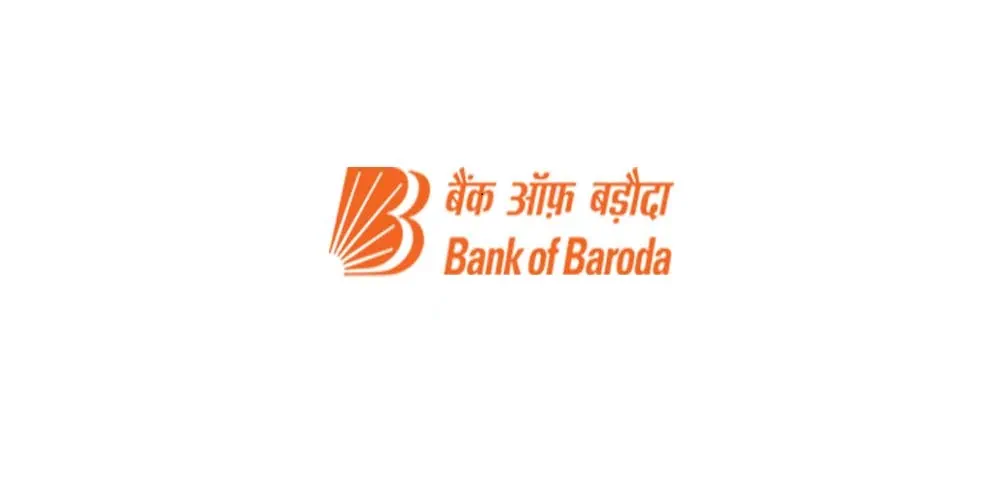
Know the eMandate Meaning, Benefits, Eligibility & Process
05 Jun 2023

Table of Content
In today's digital world, convenience is the key. People are looking for ways to simplify their lives, and technology is playing a significant role in making that happen. One such example is the eMandate, which has revolutionized the way recurring payments are made in India.
In this blog, we shall delve into the intricate details of e mandates - deciphering their meaning, unveiling their operational mechanics, expounding on their advantages, highlighting the eligibility criteria, and navigating through the registration process.
What is an e mandate?
eMandate is a digital payment service initiated by the Reserve Bank of India (RBI) and the National Payments Corporation of India (NPCI). It acts as the underlying infrastructure enabling Indian businesses to collect recurring payments without the need for human interaction. A mandate is a standard instruction that you provide to your issuing bank and other institutions, allowing them to automatically debit the mentioned amount from your bank account.
How do e mandates work?
Here's how e-Mandate works in detail:
- The first step is for the payer (i.e., the person making the payment) to provide their consent to the payee (i.e., the person receiving the payment) to initiate automatic deductions from their bank account. This can be done by filling out an eMandate form provided by the payee or through the payee's website or mobile app.
- Once the eMandate form is filled out, the payer must authenticate themselves using their bank's net banking credentials, debit card details, or any other authentication method provided by their bank.
- After authentication, the eMandate is registered with the NPCI, which acts as an intermediary between the payer's bank and the payee's bank. The NPCI validates the mandate and forwards it to the payer's bank for processing.
- The payer's bank verifies the eMandate and sets up a recurring payment instruction in their system. This allows the payee to automatically deduct payments from the payer's account on the due date.
- The payer can cancel the eMandate at any time by contacting their bank or the payee. In case of any disputes or issues, the NPCI acts as a mediator to resolve them.
What is the eligibility for the e-mandate?
In order to utilize the e-mandate facility as a customer, you must meet specific eligibility criteria. Firstly, you should have a bank account with a bank that offers the e-mandate facility. Secondly, you should possess an Aadhar Card. Lastly, it is essential that your mobile number is linked to both your bank account and Aadhar Card.
How to enable E-Mandate?
Enabling e-Mandate is a simple process that involves filling out an application form and providing the necessary details. The process may vary slightly depending on the service provider or bank.
What is the e-mandate registration process at Bank of Baroda?
Bank of Baroda's e mandate registration process is straightforward. The account holder needs to follow the below steps:
Step 1: Start the E-Mandate Journey
Begin by clicking on the NACH e-Mandate link provided on our website.
Step 2: Validate Loan Information
Upon clicking the link, you will be directed to the e-Mandate login page. Here, enter your 14-digit loan account number and the last four digits of your registered mobile number. Once submitted, you will receive an OTP on your registered mobile number. Enter the six-digit OTP and click submit.
Step 3: Complete the E-Mandate Form
Once you have entered the OTP, you will move to the next step to complete your e-Mandate form. The main page will have an auto-filled form with your personal, loan, and EMI details for your convenience. We need the following information from you:
- Type of debit account
- Debit account number
- Name of the bank
- Type of authentication mode (Internet Banking / Debit Card)
Tick the Terms and Conditions box and then click submit.
Step 4: Complete the Transaction
In the final step, you will be redirected to the Bill Desk page. Here, you must verify the accuracy of the data provided and provide your consent to complete the e-Mandate form.
After verifying the information, click "proceed" to complete the authentication process. You will be redirected to your bank's website, where you can complete the transaction via Internet Banking or Debit Card.
After the authentication process is finished, a confirmation and receipt for the NACH e-Mandate will be sent to your registered email address. It is advisable to retain a printed copy of the receipt for future reference.
Conclusion:
E mandates have revolutionized the banking industry by eliminating the need for physical paperwork and reducing transaction time and processing costs. However, it is important to note that if the bank account has insufficient funds, the e mandate will not be processed, and the transaction will fail. Therefore, account holders need to ensure that sufficient funds are available in the account to avoid a failed transaction.
In conclusion, e mandates are an essential part of the digital banking industry, and their popularity is only set to grow in the future. They offer numerous benefits, including faster and more efficient transactions with improved security. By adopting e mandates, banks can provide their customers with a more convenient and seamless banking experience.
FAQs:
What happens to e-mandates if the bank account has an insufficient balance?
If the bank account has insufficient funds, the e mandate will not be processed, and the transaction will fail. In such cases, the account holder needs to ensure that sufficient funds are available in the account to avoid a failed transaction.
How can I check my e mandate?
The account holder can check their e mandates by logging in to the bank's internet banking portal and selecting the "E Mandate" option. They can view the details of their e mandates, including the receiver's name, account number, and the frequency of the transaction.
How much time is needed in an eMandate process?
The time taken for an e mandate process depends on the bank's processing time and the receiver's bank. Generally, e mandates are processed within 1-2 working days.
What is the limit of e mandate on debit card?
For a single transaction, the limit is set at 15,000/- and does not require OTP authentication for subsequent transactions below this limit. However, for any transaction exceeding 15,000/- or the limit set by the cardholder, OTP authentication is necessary.
It's worth noting that the maximum limit for recurring transactions will be subject to the Bank's defined limit for ecommerce transactions based on the respective card variant.
Popular Articles
Guide to Getting Agriculture Loan: Application, Eligibility & Required Documents
Related Articles










-
Disclaimer
The contents of this article/infographic/picture/video are meant solely for information purposes and do not necessarily reflect the views of Bank of Baroda. The contents are generic in nature and for informational purposes only. It is not a substitute for specific advice in your own circumstances. Bank of Baroda and/ or its Affiliates and its subsidiaries make no representation as to the accuracy; completeness or reliability of any information contained herein or otherwise provided and hereby disclaim any liability with regard to the same. The information is subject to updation, completion, revision, verification and amendment and the same may change materially. The information is not intended for distribution or use by any person in any jurisdiction where such distribution or use would be contrary to law or regulation or would subject Bank of Baroda or its affiliates to any licensing or registration requirements. Bank of Baroda shall not be responsible for any direct/indirect loss or liability incurred by the reader for taking any financial decisions based on the contents and information mentioned. Please consult your financial advisor before making any financial decision.
Know What Are the Advantages of Mutual Funds
Mutual funds have become a popular investment option for individuals looking to grow their wealth while minimizing risk. With the advantages they offer, it’s no surprise that the Indian Mutual Fund Industry has witnessed tremendous growth over the years. However, it’s important to understand the basics of mutual funds, who can invest in them, their advantages, and the factors to be considered before investing.
Calculating PPF Maturity Amount: Formulas, Compounding & Calculator
With the dual benefits of saving taxes and accumulating retirement funds, PPF remains a preferred savings method. An investor needs to open an account under this scheme to derive these benefits.

